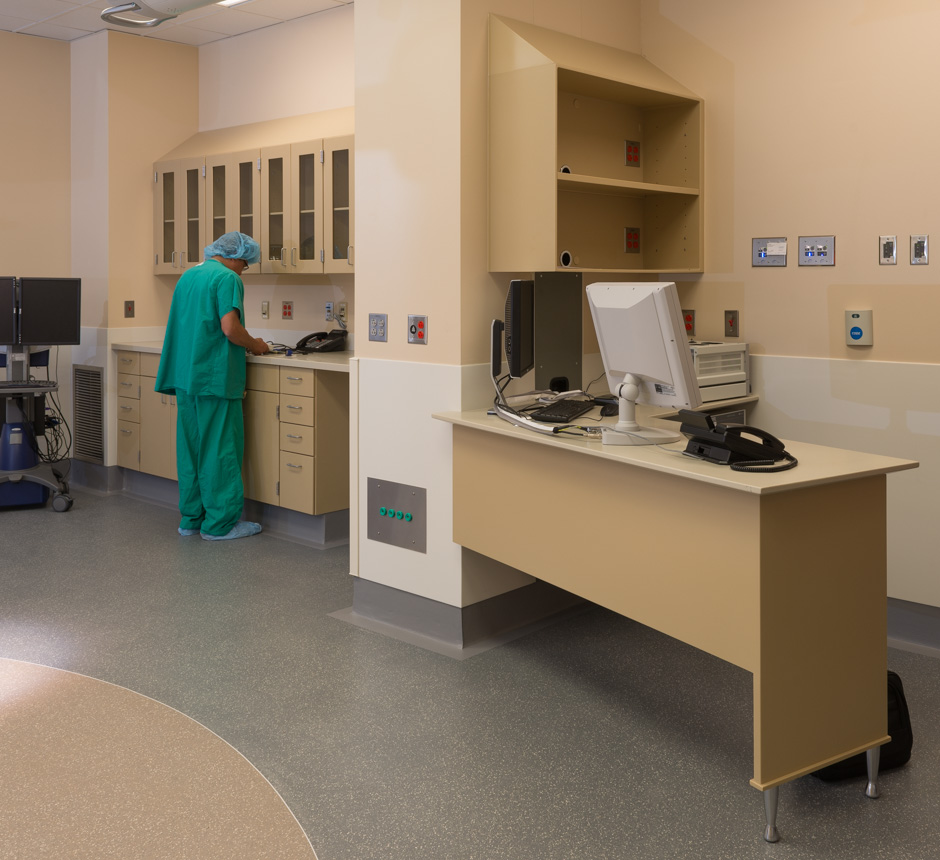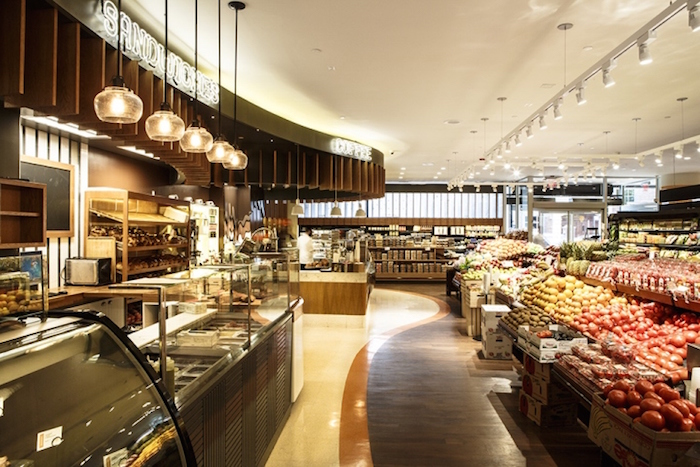Focus on the end user
“The way something looks is the last thing we figure out.” —Alexander Isley
Know your “audience”
You can’t possibly begin to design something if you don’t know who you’re designing for. Establishing the intended users before any designing starts is essential. Identify the various defining characteristics and demographics of your specific audience, including factors such as age, gender, ethnicity, education level, political views, average income and more. Not all factors may seem important, but fully understanding the consumers on a basic level will help later in the design process.
Know the environment
Where is your product going? In a retail store? In a hospital? Outside? In a corporate office? Which store, hospital or office in particular? What are the needs of the people who already use that space? What are the common needs necessitated by the space in general? All hospitals, for example, require cleanliness, and all food-service spaces require a fast pace and versatility. Knowing the environment will ensure that you focus on the end user throughout the entire design process.
Know the interests of the users
After having identified your audience and determined their basic demographic information, use that knowledge to draw broader conclusions about them. What does your audience do? What jobs do they hold? What are their hobbies? What occupies their time day-to-day. Of course, this may differ for each member of the user group. This may end up being irrelevant to your product. But fully considering the interests of your users might open other other doors in design, and it might give you new ideas for products.
Know the day-to-day of the space
Just as you should understand the daily aspects of your users’ lives, you should know the day-to-day events that occur in the intended space of the product. This is especially important in critical environments such as healthcare, fast-paced environments such as food service and the like. If you’re building a documentation station for an operating room but you don’t know how an operating room really works—how many people are in there at once, who takes care of what, etc.—you will never be able to provide an effective product. If you don’t talk to the employees at a restaurant before you start designing their kitchen cabinetry supplies, you’ll never know how big it should be to fit their daily needs or how it should be laid out.
Understand problems the users face
This goes hand-in-hand with truly understanding the space. In determining what goes on each day in the space, you should identify what problems the users face. Is time wasted fumbling around in cabinets for supplies because the cabinets are too high off the ground and the users can’t see in the back? Are cooking surfaces getting too dirty too fast? Whether the problems are large, easily noticeable issues or small, seemingly unimportant difficulties, you need to know about and understand them before the design process begins. While a few seconds lost fumbling around in a cabinet may not seem important, in a space such as an OR, every second counts and could endanger the life of a patient.
Be sure to consider the problems of all users. In a restaurant, this means not only looking at issues the staff faces, but also problems customers face. In a hospital, understand the needs of both the patients and the staff. Understanding the problems users face will help you design a better product that’s focused on the users.
Know the limitations of the space
Closely tied to knowing the space and the problems users face (we didn’t mean to rhyme, it just happened) is understanding the limitations of the space. You might be able to come up with 10 really great solutions to 10 super prevalent problems, but if those solutions aren’t realistic to the particular space, they’re not helpful. The sanitary needs of a hospital might limit the solutions you create. The limited space of a particular retail outlet might influence the kinds of products you can introduce.
Understanding in what ways you are limited in your design will greatly improve the final product, and combined with a greater understanding of the users and the elements of a space, it will help you focus on the users throughout the design process.
[vc_separator type=”transparent” up=”20″ down=”20″]
[vc_separator type=”transparent” up=”20″ down=”20″]







Sorry, the comment form is closed at this time.